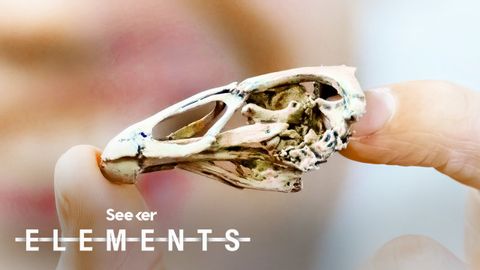恐竜絶滅を生き抜いた「ワンダーチキン」との出会い (Meet the “Wonderchicken” that Survived the Dinosaur Extinction)
Summer が 2021 年 01 月 14 日 に投稿  この条件に一致する単語はありません
この条件に一致する単語はありませんUS /ɪˈkwɪvələnt/
・
UK /ɪˈkwɪvələnt/
- adj.同等の;同義の
- n.等価 : (効果 : 価値などが)同等のもの
US /ɪkˈstrɔ:rdəneri/
・
UK /ɪkˈstrɔ:dnri/
US /ɪnˈkrɛdəbəl/
・
UK /ɪnˈkredəbl/
- adj.信じられない;すばらしい;信じられない;信じられない
US /fɪˈnɑməˌnɑn, -nən/
・
UK /fə'nɒmɪnən/
エネルギーを使用
すべての単語を解除
発音・解説・フィルター機能を解除

